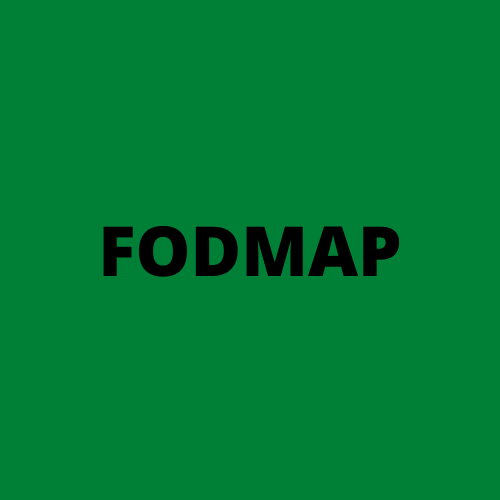KIWI ALLERGY
Key Allergens
It is known as one of the most allergenic fruits as it has 13 allergens associated with this allergy to kiwi.
They contain a Bet v 1 like protein associated with Pollen-Food Syndrome, so those allergic to this protein may suffer Oral Allergy Syndrome symptoms to a group of related foods.
There is a profilin protein, these are panallergens found in many fruits and vegetables.
Kiwis also contain thaumatin-like protein, these proteins are sometimes added to other foods as it adds sweetness and flavour. It is considered to be a minor panallergen.
Cysteine Protease is a protein also found in kiwis, it is a protein which is responsible for degrading other proteins and are commonly found in fruits which are linked to latex allergy, like papaya, pineapple and fig.
Allergens which can cause serious allergic reactions are Lipid Transfer Protein (LTP), these are also panallergens found in many foods, there is a big overlap with pollen foods and LTP foods, but allergy to LTP is associated with more severe allergic reactions.
Act d 11 is a kiwi protein which is a major latex protein/ripening-related protein and is therefore linked to latex allergy.
The seeds of the kiwi fruit contain 11S seed storage protein and 2S seed storage albumin proteins, these proteins are usually found in nuts, seeds and legumes.
Food Intolerances


Kiwis are a low FODMAP food. FODMAP stands for Fermentable oligosaccharides, disaccharides, monosaccharides and polyols. Foods high in FODMAPs can cause symptoms of food intolerance, affecting the gastro intestinal system and this can be mistaken for a true IgE food allergy.
Kiwis are moderate in salicylates. Salicylates have the potential to cause worsening of asthma, swelling, itching and hives as well as food intolerance symptoms in people who are sensitive to salicylates.
You can read more about Food Intolerances on the dedicated Food Intolerance Page.
Associated Syndromes
You may have Pollen-Food Allergy Syndrome if you suffer from kiwi allergy with oral allergy symptoms to 3 or more of the foods mentioned in cross reactivity section.
Allergy to kiwi is sometimes linked to Celery-Mugwort-Spice Syndrome as the sensitising allergen is a profilin protein called Art v 4, these proteins are also sometimes also called Bet v 2 proteins.
Kiwi allergy has been linked to Latex Food Syndrome, which is caused by the body confusing the proteins it encounters in food to that of latex proteins to which it is already sensitised.
Allergy to kiwi is also associated with LTP Syndrome.
Contact with the skin of the kiwi is associated with urticaria (hives), allergic contact dermatitis and asthma.
Cross Reactivity
If sensitised to birch tree pollen you may have Pollen Food Allergy Syndrome and may also react to apple, pear, peach, plum, nectarine, apricots, cherries, tomato, celery, carrot, potato, parsnip, pepper, dill, cumin, peas, coriander, Fennel, Hazelnut, Walnut, Almonds, peanuts, lentils and beans
Other foods containing cysteine protease are papaya, pineapples, figs, potatoes and melons.
Thaumatin proteins are also found in chilli, apple, banana, cherry and peach.
Profilin proteins are also found in pineapple, celery, peanut, chilli, watermelon, orange, hazelnut, carrot, strawberry, soya, barley, walnut, lychee, lupin, apple, banana, dates, cherry, almond, peach, pear, mustard, tomato, aubergine and wheat.
Other food containing 2S albumin seed storage proteins are cashews, peanuts, almonds, mustard seed, rapeseed, turnip, chickpeas, hazelnuts, pistachio, buckwheat, soya beans, sunflower seeds, walnuts, peanuts, castor beans and sesame seeds.
Food containing 11S seed storage proteins include almonds, brazil nuts, cashews, hazelnuts, macadamia nuts, mustard seeds, peanuts, pecan, pistachio, pumpkin seeds, soya beans and walnuts. There is a lot of cross over with foods containing 2S seed storage proteins.
Please note these food lists are not exhaustive, the most up to date information is on the Cross Reactivity Tool.
Resources
Websites
Kiwi Allergy - The Facts - Anaphylaxis Campaign
Allergic Living - Serious Fruit Allergy
Science Direct - Latex Allergy
Allergy information for: Kiwi fruit; chinese gooseberry (Actinidia deliciosa (green kiwifruit)
ATP Science - Salicylate Foods
Articles and Journals
Food allergy outside the eight big foods in Europe: A systematic review and meta-analysis, 2024
Update on the Global Prevalence and Severity of Kiwifruit Allergy: A Scoping Review, 2023<
Additional diagnostic value of component resolved diagnosis in children with kiwifruit allergy, 2022
Exercise induced anaphylaxis in kiwi allergic patient: case report, 2021
Kiwifruit Allergy in Children: Characterization of Main Allergens and Patterns of Recognition, 2015
Molecular characterization of allergens in raw and processed kiwifruit, 2015
In patients with LTP syndrome food-specific IgE show a predictable hierarchical order, 2014
Class I chitinases as potential panallergens involved in the latex-fruit syndrome, 1999
Latex allergy: clinical features and cross-reactivity with fruits, 1994
Kiwi fruit allergy: A new birch pollen–associated food allergy, 1994